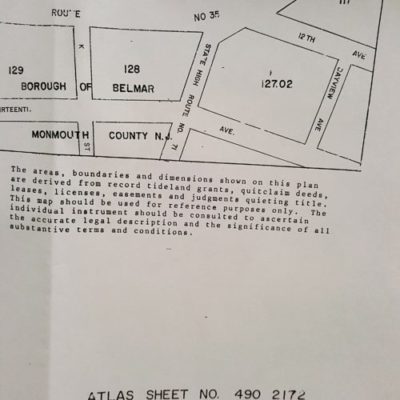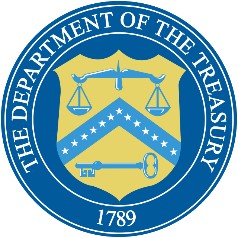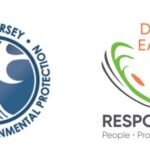How one determines whether the waterway adjoining one’s upland is a lagoon or a natural waterway is a bit of a science and a bit of art.
The State claims title to lands within a lagoon that were flowed by the mean high tide of a natural waterway which existed prior to the creation of the lagoon. If human alterations replace a natural waterway, no matter how small and indistinct, the State of New Jersey still claims the original tidally flowed area. O’Neill v. State Highway Department, 50 N.J. 307, 323-328 (1967).
Additionally, in the State’s definition of lagoon in N.J.A.C. 7:7-1.5, it provides that “A natural waterway which is altered by activities including, but not limited to, filling, channelizing, or bulkheading shall not be considered a man-made lagoon”.
How one determines whether the waterway adjoining one’s upland is a lagoon or a natural waterway is a bit of a science and a bit of art. How such an inquiry is triggered is more happenstance than foreseeable.
The State has, on occasion, reviewed its right to assert a tidelands claim that it has an ownership interest in lands of applicants who apply for waterfront development permits. That happened, for example, to the Mansfields in response to their appeal of the State’s decision to deny petitioner’s waterfront development permit application to legalize the existing dock and bulkhead. Mansfield v. N.J.D.E.P., OAL Docket No. ELU-WD-6643-10; Agency Docket No. 1524-08-0012.1, WFD090001. The rear of the petitioner’s lot fronted a tributary of the Beaverdam Creek. The waterway provided frontage for approximately thirteen properties, is narrow and lacks an outlet, and does not experience significant wave action from boats or tidal currents.
The NJDEP rested its tidelands claim on map 448-2160, block 451-2162 which based its claim that the tributary was last in its natural state as shown on aerial photographs taken by Aero Service Corp. Panchromatic photo frames 15-102, 103 and 104. The State has such aerial photographs in its library which are available for viewing.
In the appeal the State argued that an aerial dated April 6, 1940 formed the basis for its conclusion that the waterway out shore of petitioner’s parcel was a natural waterway. As such the State took the position that the waterfront improvements sought to be legalized did not qualify for the issuance of a General Permit 10 since it decided it did not meet the requirements for sites not located on a lagoon.
The State thereby upheld the denial of the sought after legalization of the existing dock and bulkhead and left the applicants with a raised, but yet unresolved, tideland claim.














